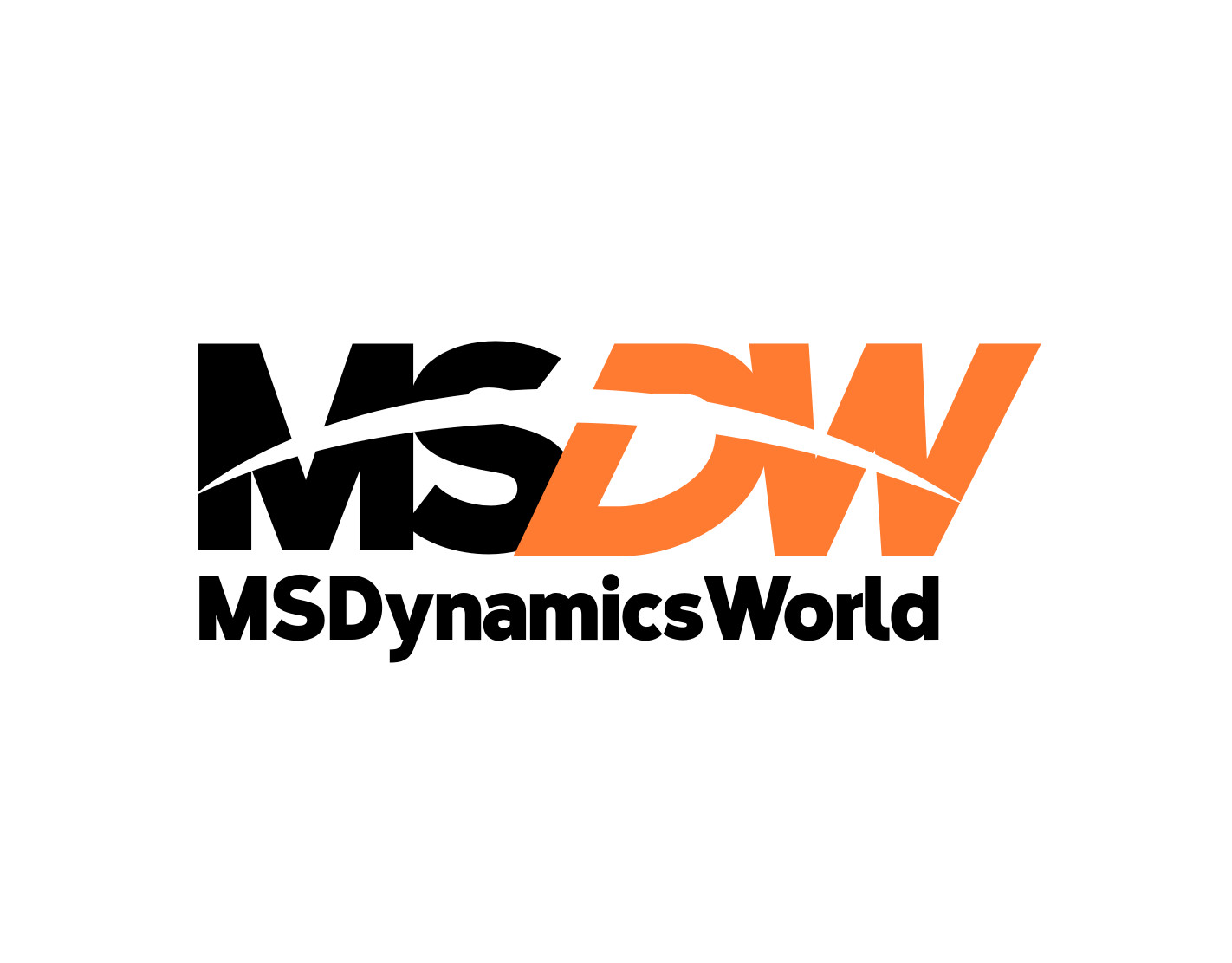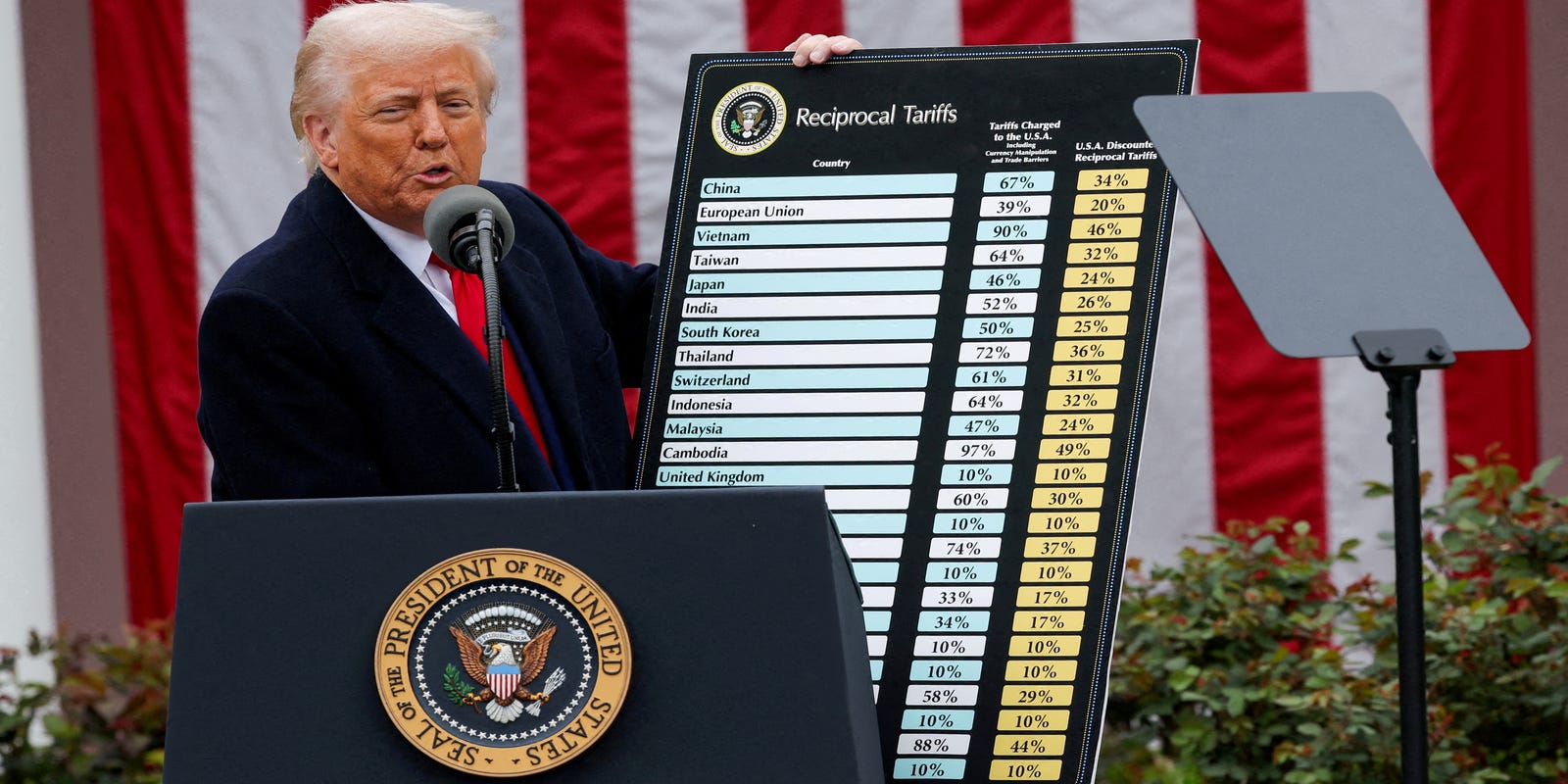
Revolutionizing Manufacturing: Top 10 ERP Solutions Transforming UK Industrial Processes
In the competitive landscape of UK process manufacturing—spanning industries from food and beverage to pharmaceuticals, chemicals, and cosmetics—selecting the right Enterprise Resource Planning (ERP) software can be a game-changing decision. More than just a technological upgrade, a robust ERP system serves as the strategic backbone for businesses seeking to transform their operational efficiency, control costs, and navigate complex regulatory environments. Modern ERP solutions are not merely software packages; they are powerful digital ecosystems that integrate complex manufacturing processes, providing manufacturers with unprecedented visibility, control, and agility. By centralizing data, automating critical workflows, and offering real-time insights, these systems enable process manufacturers to make smarter, faster decisions that directly impact bottom-line performance. The right ERP platform can help companies streamline production workflows, optimize supply chain management, ensure stringent quality control, and maintain compliance with industry-specific regulations. Whether you're a small specialty food producer or a large pharmaceutical manufacturer, investing in a sophisticated ERP system is no longer a luxury—it's a strategic necessity for sustainable growth and competitive advantage in today's dynamic manufacturing landscape.









